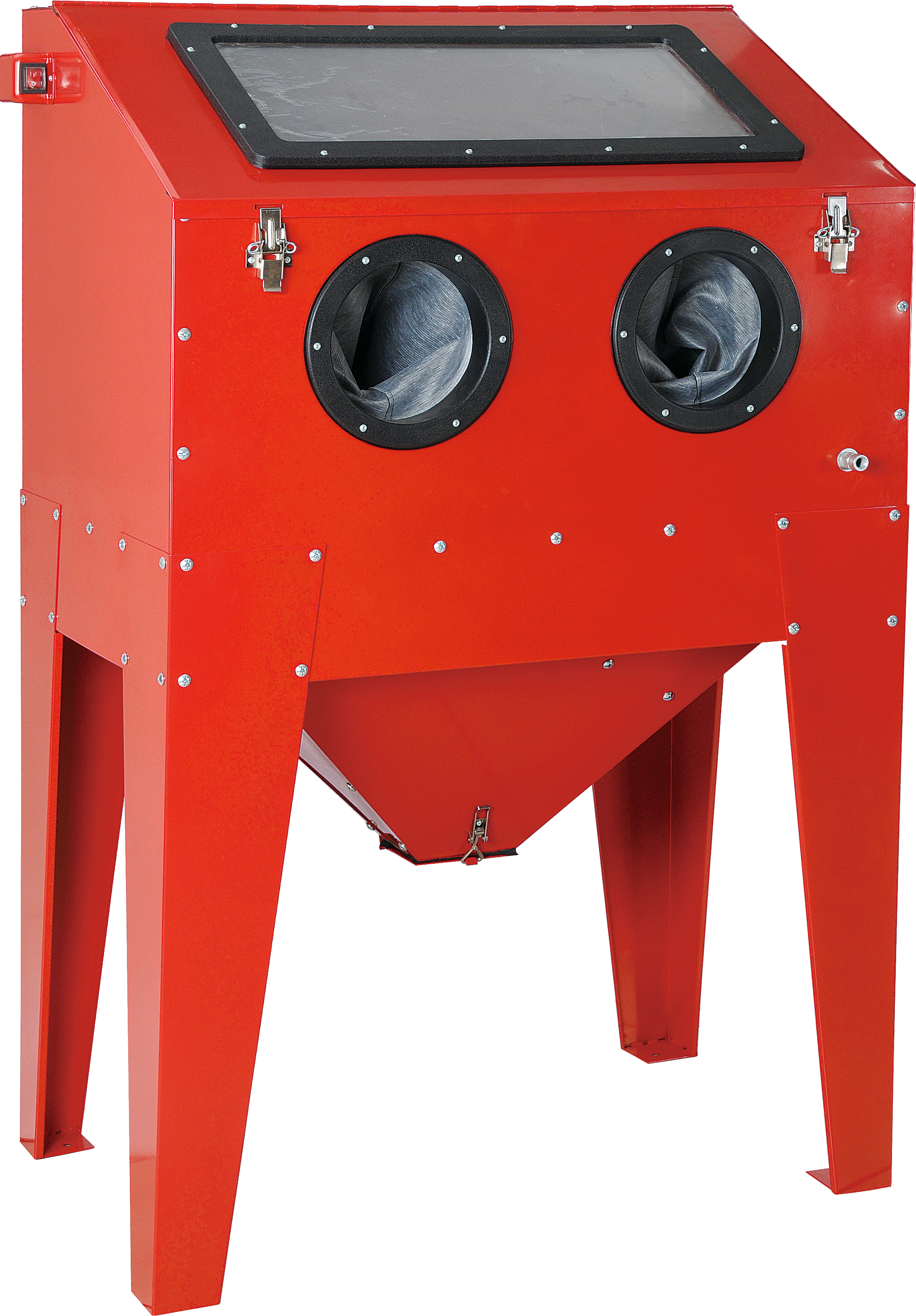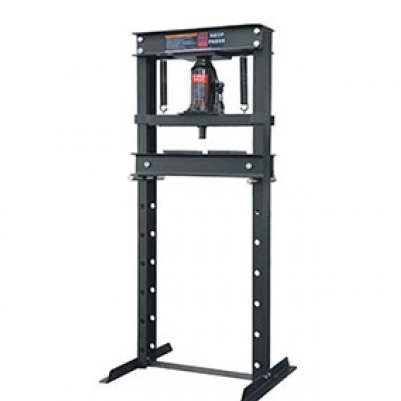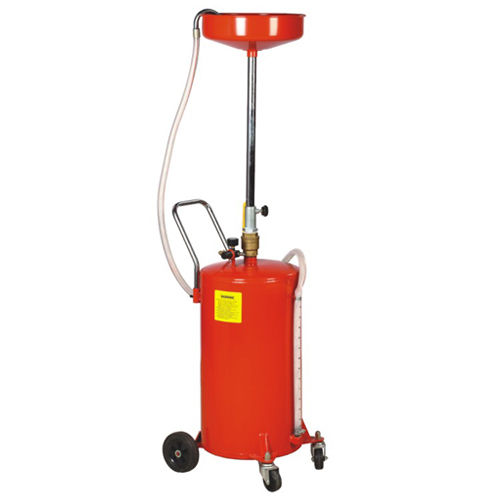- Product Name
- Product Keyword
- Product Model
- Product Summary
- Product Description
- Multi Field Search

Sandblast cabinets are essential tools in the world of surface processing and restoration, used widely in automotive shops and DIY markets. These machines provide an effective way to clean, strip, and etch various materials, making them invaluable for professionals and hobbyists alike. Understanding the purpose and functionality of a sandblast cabinet can help users maximize its potential and achieve optimal results in their projects. This article explores the core functions, benefits, and applications of sandblast cabinets.

A Hydraulic shop press is a powerful tool that can be used for various applications, such as pressing bearings, shaping metal, and bending pipes. It operates through the use of hydraulic pressure to apply force, which can be dangerous if not used correctly. Therefore, it’s important to take precautions when using a Hydraulic shop press. In this article, we’ll discuss some of these precautions in detail.

Oil drainers are essential tools in any mechanic's workshop. They make the process of changing the oil in vehicles much easier and more efficient. However, like any other equipment, Oil drainers require proper handling and maintenance to ensure their longevity and safety. In this article, we will discuss some of the precautions and best practices that you should bear in mind when using an Oil drainer.

As automotive and industrial technology advances, the need for effective cleaning solutions also increases. Parts washers are valuable tools that can effectively clean different types of parts, making them essential in many manufacturing and maintenance processes. In this article, we will discuss the practicality of Parts washers, including their benefits, types, applications, and maintenance.